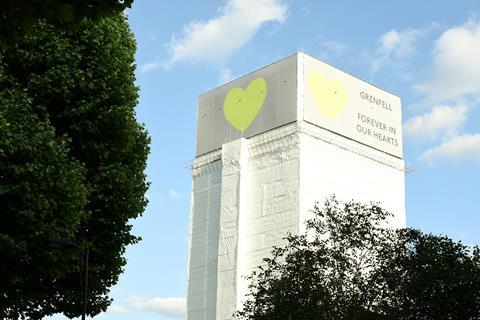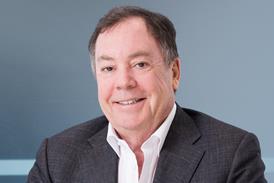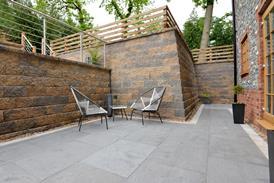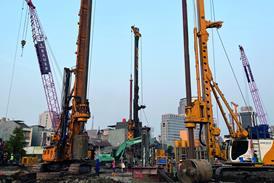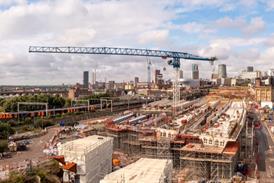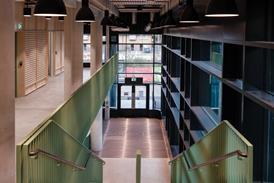I feel my company must move in this direction but not coming from a computer background I am rather hesitant about making the jump into digital recording. Please could you explain how they work and some of the jargon. Is there an easy way to translate the digital jargon into a language my customer and I can readily understand?
A: You are not alone with this problem. Over the past couple of years digital recorders have come on in leaps and bounds in terms of their processing power and storage. This, along with reduced pricing, makes them more accessible to the mass market. Also, a number of manufacturers now have user-friendly front ends, removing the need for a PhD in programming and operation!
So installers find themselves dealing with digital installation requests previously dealt with by specialists. The terminology may be different but they do exactly as your analogue muxes and VCRs do – grab an image and store it, ready for you to play back. You may not have realised it, but many of the analogue multiplexers you use are actually digital machines. The analogue refers only to the storage medium i.e. the VCR.
Remove the VCR and instead build in a hard drive and you have a digital recorder. That is the principle, but this is where we go into the realms of PC terminology and it all starts to get rather technical. I shall endeavour to simplify things.
When working with digital machines, everything is measured in bits and bytes. These are units of 0s and 1s used for digital code. You will see these referred to as KB, MB, GB, and TB. The table shows the value of each of these units: 1 bit is a 0 or 1, the smallest unit in a computer.
From
To
When a video image is captured it is electronically scanned into a digital format of about 250 KBytes of data. Most recorders then compress it into a smaller file size.
Why compress?
40,80 Gig hard disks are now commonplace and are ideal for your average PC package. However when you are storing digital video data this space can be easily swallowed up. So it is of the utmost importance to keep the amount of data stored to a minimum. Let us say for instance you compress at a ratio of 10 to one, your drive will hold nine times more data, or in video playback terms, 10 hours instead of one.
The way in which digital recorders compress can differ. Compression is generally done in two ways, Full Frame and Conditional Refresh. Full Frame grabs a complete picture every time so its file sizes are mainly static, making it easy to work out storage etc. Conditional Refresh stores the moving part of the picture up to a certain percentage then stores a full image. This leads to sporadic file sizes because every image stored can be different. Using this system it is only possible to average out the storage time.
Both systems have their pluses and minuses. I'll just stick to Full Frame for now and perhaps cover them in detail at a later date.
This compressed data is referred to as your image file size, these are usually programmable functions within the recorder. This image is then sent to the hard drive to be stored. The speed of these images being sent to the drive is your pictures per second (PPS). This again is usually a programmable function within the recorder.
Time-lapse mode v PPS
For years people have been used to 12hr, 24hr mode etc. These times arrived from stepping down a three-hour VCR tape and reducing the number of images recorded. One tape can hold about 270,000 images. These images have to be then divided up to cover your time-lapse period. This is known as your update time or PPS. So PPS is not new, it has been the standard for years.
The thing that has changed is the storage device; no longer are we ruled by a three-hour tape. We now have the capacity to use hard disks, which can be singular or stacked allowing us to determine our own storage size. It is for these reasons that digital recorders use PPS.
For a comparison with time-lapse recording, in 24hr mode on average most video recorders will put down to tape about six pictures per second, so setting your digital recorder to the same will give you the equivalent PPS as 24hr mode. This is a useful reference for comparing analogue against digital recording update times.
One of the main areas people get confused about is how long they can record on the hard drive without over-writing. This is done by calculating together your PPS, image file and hard disk sizes. Most manufacturers use part of the hard disk for their operating system, logs etc. An 80-Gigabyte recorder may only have 79-Gigabyte of recording space, so check with your supplier.
Let's say we have 40GB of hard disk space for recording, a picture file size of 20KB and a recording rate (PPS) of six. We first have to calculate how many KB there are in 40GB.
This is achieved by doing the following calculation.
These calculations may seem daunting but most manufacturers will have data sheets with the above calculations already worked out for you.
I hope this has cleared up some of your doubts about digital recorders and has given you the confidence to approach your first installation. There are many benefits these machines can offer and my advice is to contact the manufacturers and get a demonstration.
Source
Security Installer
Postscript
* Send your questions to: Can we help? Security Installer, The Builder Group, Exchange Tower, 2 Harbour Exchange Square, London E14 9GE. Fax your queries to 020 7560 4416 or e-mail alan_hyder@buildergroup.co.uk


